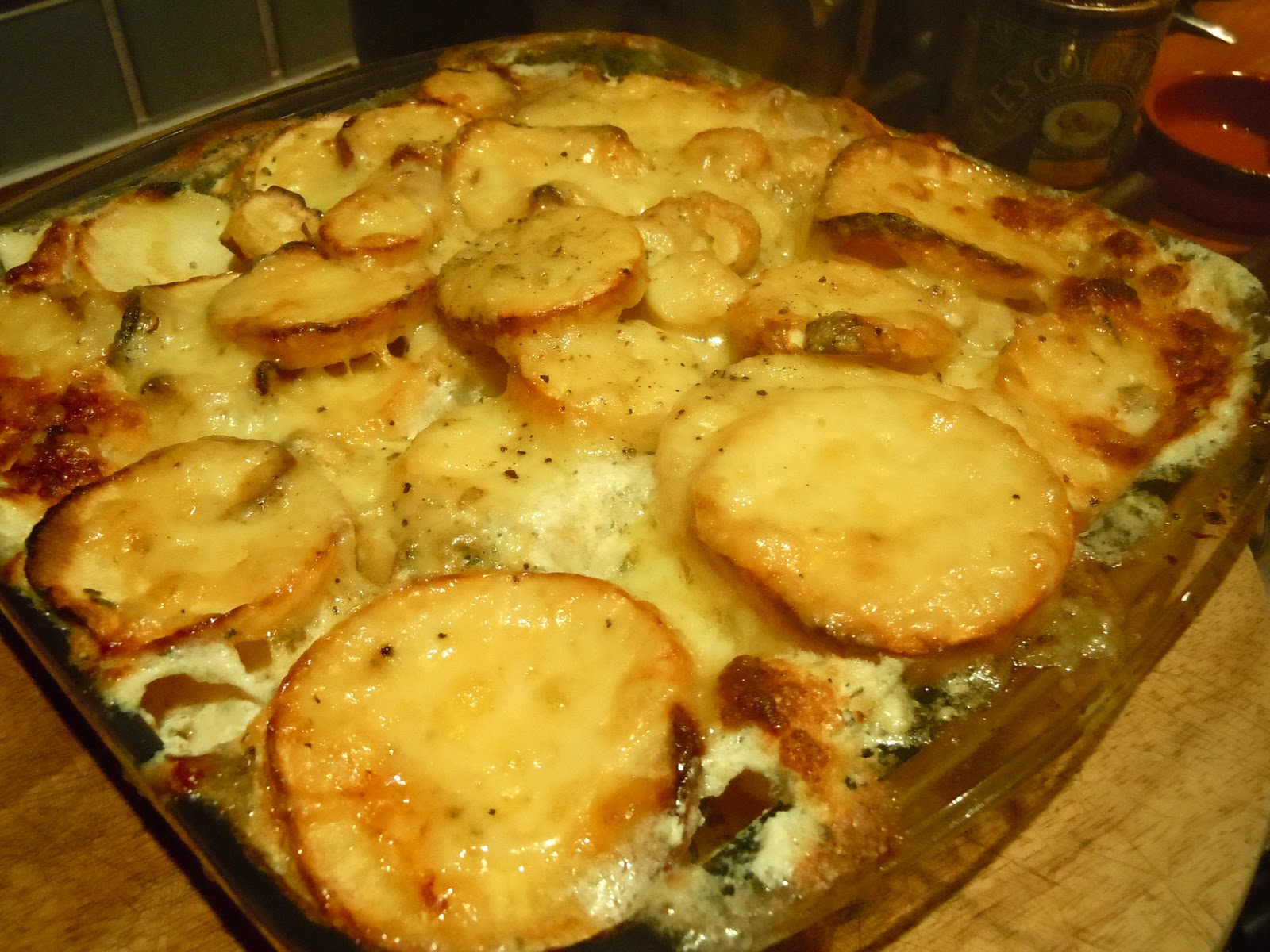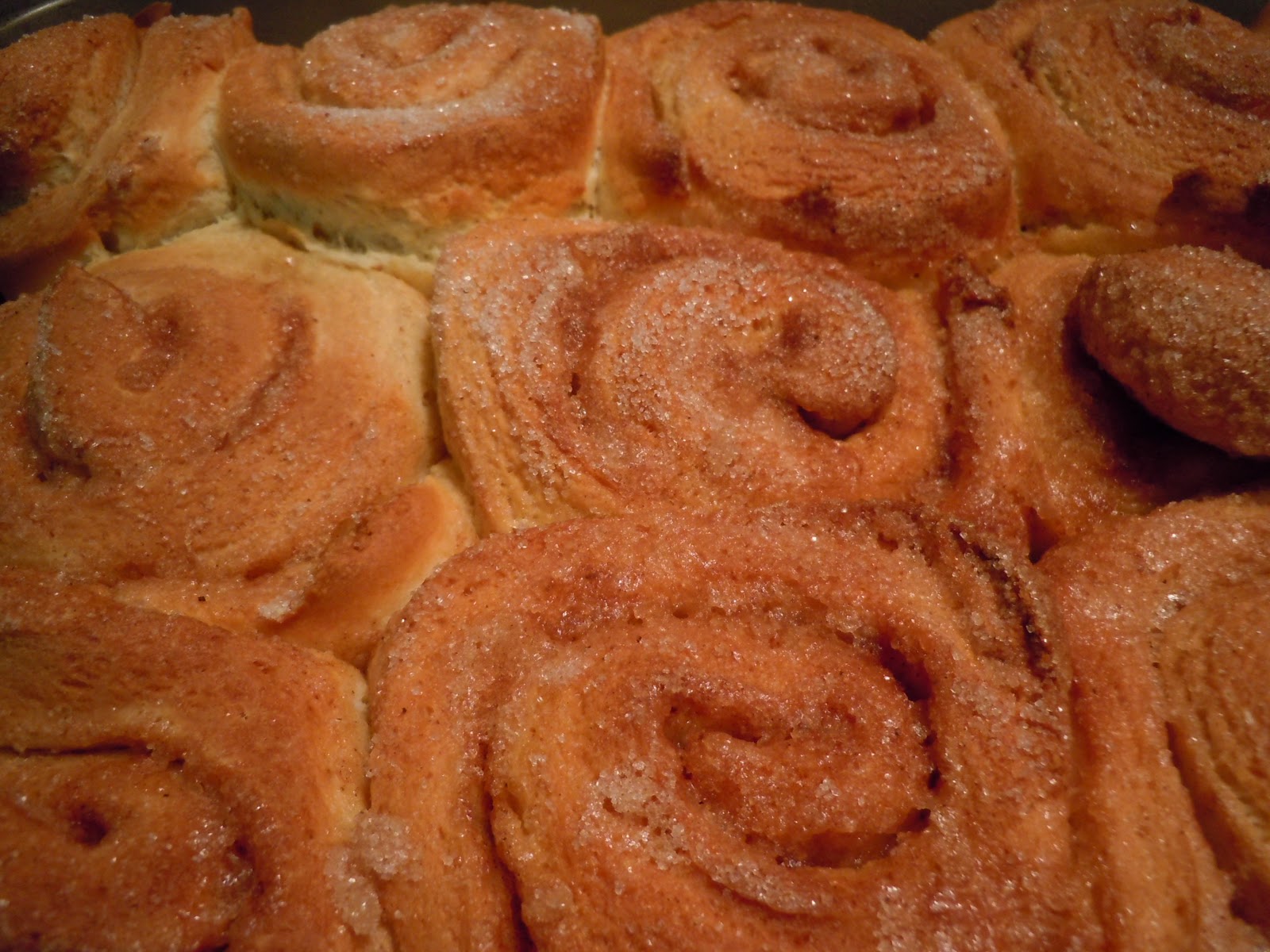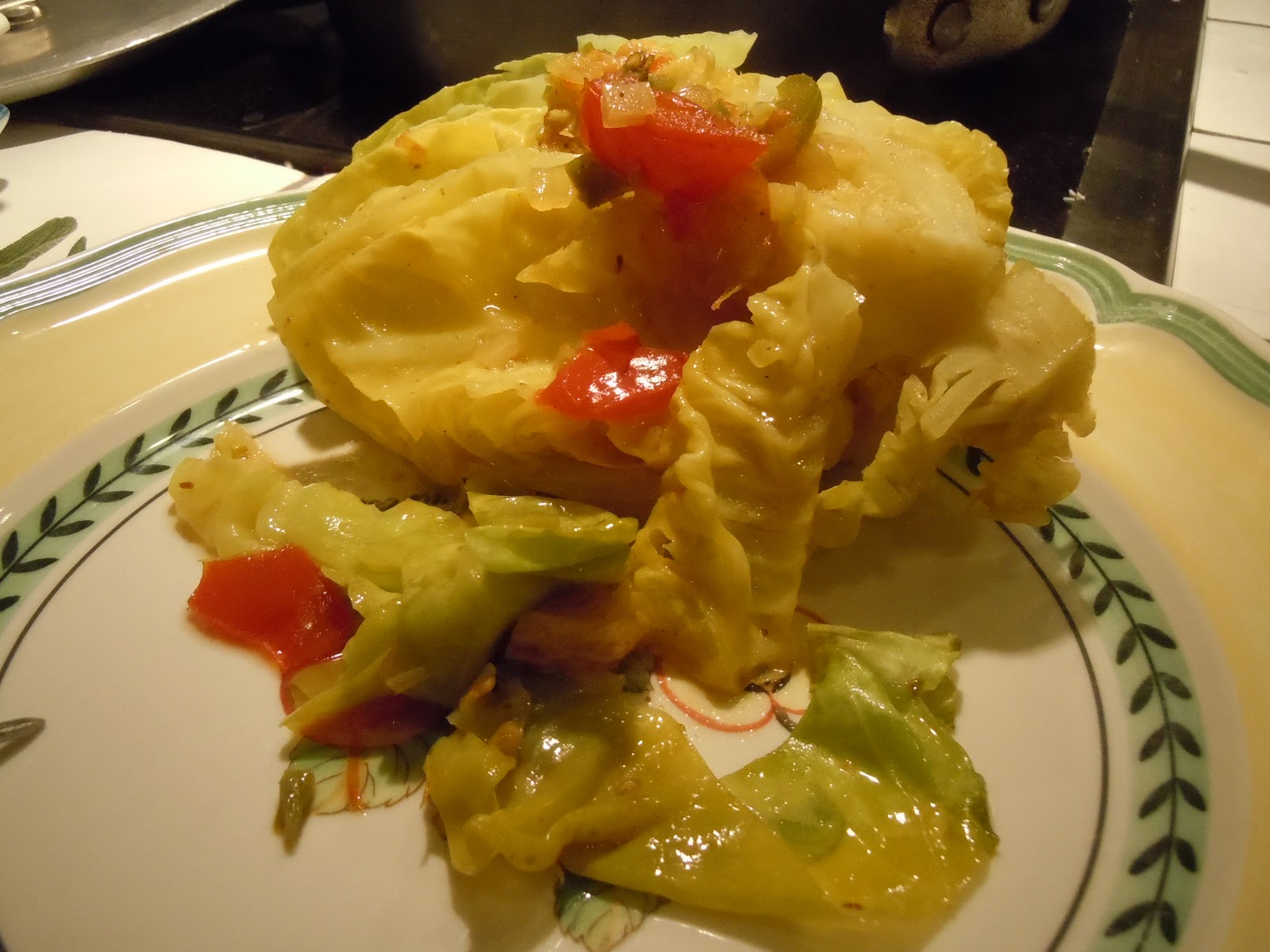Ok, so the title might be a tad misleading. Technically this salad is supposed to be made with red cabbage, which is sweet and wonderful and photographs beautifully. Sadly, the local Tesco has not stocked red cabbage in months, if not years. So, alas, white/green cabbage it was.
Now, this is not to say that this wasn't delicious. I dare you to find me any salad that isn't made infinitely better with the addition of either bacon or cheese, but still, I feel a bit of the fraud by posting a red cabbage recipe which prominently features nothing of the kind. But ah well. If you are so lucky to live in a region with the rich bounty of red cabbage, please, do partake, and think of me when you do.
Roquefort and Red (ahem, white) Cabbage Salad
Ingredients
1/4 red (or white) cabbage, central core removed, thinly sliced
4 tbsp red wine vinegar
50g caster sugar
600ml water
100g streaky bacon (normal bacon for the Americans out there), cut into 2cm dice
2 slices of white bread, cut into 1cm cubes
1 garlic clove, crushed
2 heads of chicory (endive)
1 small head of radicchio
150g Roquefort (or any blue cheese) crumbled
for the Vinaigrette
4 tbsp red wine vinegar
1 tsp Dijon mustard
4 tbsp walnut oil
4 tbsp olive oil
2 tbsp walnuts, roasted and broken into chunks
salt and pepper
Method
Put the cabbage in a bowl. Bring the vinegar to the boil, add the sugar and, once dissolved, pour it over the cabbage and stir well. Boil the water and pour that over the cabbage too. Leave to soak for 5 minutes, then drain in a colander and leave to cool.
Heat a frying pan over a high heat, add the bacon and cook it until it is crisp and the fat has been released. Add the bread and fry until golden, then stir in the garlic and fry for 1 minute.
Remove from heat.
Put the red cabbage in a salad bowl with the chicory and radicchio leaves, scatter over the bacon and croutons and the Roquefort cheese.
Whisk together all the ingredients for the vinaigrette and pour it over the salad.
Toss well, adjust the seasoning and serve.







